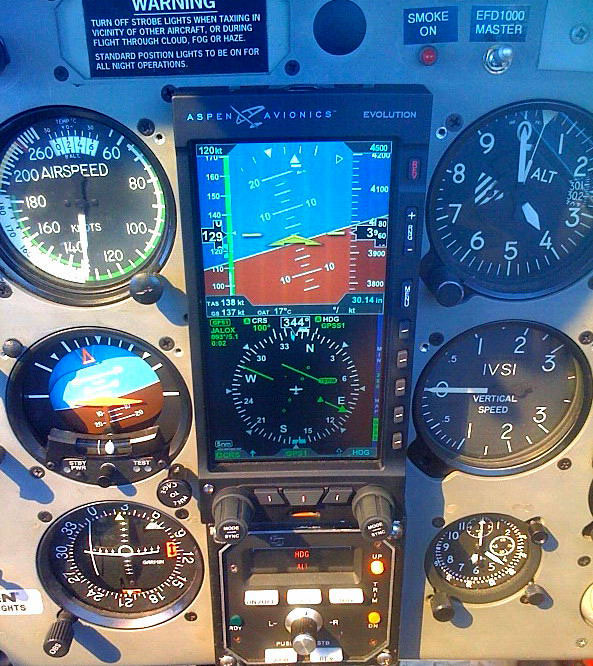
One feature in the KAP 140 and in the newer KFC 225 that tickles us are the vocal alerts. In approach mode, the KAP 140 will track glideslope.

If you have a two-axis system, you get vertical speed hold as well as altitude capture and hold. The KAP 140 offers roll modes of heading select, nav and approach, as well as back course. It uses the typical Bendix/King servos, but the system relies on conventional DGs and turn coordinators provided by other manufacturers, not the specialized attitude gyros found in higher-priced Bendix/King autopilots. No remote boxes here so its a relatively simple install.

The latest entrant from Bendix/King, the KFC225, is tailored to high-performance aircraft such as Barons, the Piper Mirage and, we suspect, other high-performance singles to come.Starting with the basics, KAP140 is a rate-based one- or two-axis system with a radio rack-mounted computer-controller unit, the KC140. The KAP 140 debuted with the new crop of single-engine Cessnas and for all intents and purposes, its a Cessna-only autopilot for the time being. We mention the age of the KFC150 and variants (KAP100, KAP150), because only in the last three years have there been new general aviation autopilots from AlliedSignal (King Radios purchaser and absorber). The company has some of the most successful systems, including the KFC 200 and the now 20-year-old digital autopilot, the KFC 150. The company has introduced some new stuff since we last examined autopilots and were told more developments are in the works.Heres our point-in-time assessment of whats out there now:King Radio started making autopilots 30 years ago and under AlliedSignal, Bendix/King has carried the flag forward. Meanwhile, S-TEC continues to impress buyers with its modular approach to autopilot design and marketing. Notably, AlliedSignal recently rolled out its new KFC 225, a premium George aimed at the high performance market. Although the field of players hasnt changed a great deal, there are new entrants into the world of computer-aided piloting. Three different AP mechanics have completed annuals on this aircraft.It seems that hardly a week passes without a new GPS navigator appearing, but the world of autopilots progresses at a relatively glacial pace. Plane is yellow with blue stripes – must have been a Michigan grad! It has pushrod aileron controls, not cables, for fighter like response. It has a Johnson Bar to raise and lower landing gear & hydraulic flaps so electrical failure impossible. It has rubber fuel bladders so the fuel tanks don’t seep. It has a three axes S-TEC 50 auto-pilot for hands-off flying.
#Stec 50 autopilot mooney generator
In 2010 I converted from a generator to a light weight alternator and had a light weight starter and new starter wheel installed - and replaced the plenum. Also in 2010 I had the Lasar nose cowling kid installed to reduce drag and increase speed. In 2010 I installed the Power Flow Exhaust system dramatically boosting the horse power and improving climb and performance. Upon purchase I had the motor mount replaced to comply with an AD. I am selling this plane because I am retiring in 2012 and will be moving out of the country part of the year and I want to buy a condo on the beach! I have also continuously upgraded and improved M6270U each year that I owned it. I have owned this aircraft for the last 11 years & kept in a hangar at Hidden Valley Airpark. The prior owner equipped the plane with avionics for IFR flying.

If you want an airplane that has been flown at least monthly that doesn’t need any repairs, can fly 150 mph at 9 gph, with 54 gallons of usable fuel this is the airplane for you.


 0 kommentar(er)
0 kommentar(er)
